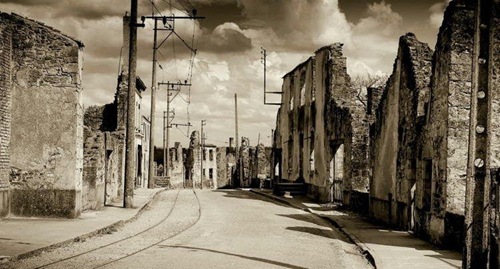
1. Oradour-sur-Glane, France
Source: Wikipedia
Source: XARJ
Source: Wikipedia
Source: Impossible Living
Beyond the harrowing statistics, World War II will likely persist in human memory for the ages as it represents humanity in its most saturated of forms: the horrific depths to which man may sink for personal gain and the heavenly heights to which he might also ascend in his altruistic concern for his peers. In Oradour-sur-Glane, though, it’s hard to see anything other than the former. In the summer of 1944, the quiet French village saw the deaths of 642 people–ranging from one week to ninety years old–as well as its partial-razing due to Adolph Hitler’s elite and evil Waffren-SS company. The town was eventually rebuilt nearby, however then-President Charles de Gaulle insisted that the town’s remains stand as a living memorial for those individuals whose lives were wrongly claimed on that fateful day in June. [More information here and here]
2. Kolmanskop, Namibia
Source: Best Photo Site
Source: Impossible Living
Source: Touring Africa
Source: Leica
Source: Geo Location
In Percy Shelley’s acclaimed poem “Ozymandias,” he describes a once-mighty kingdom that now stands “on the sand, half sunk,” inevitably ruined by the hollow values upon which it was founded. That kingdom could very well be Kolmanskop, Namibia. The sand-ridden city’s roots date back to 1908, when a black worker discovered the site’s abundance of diamonds and alerted his superior. The proceeding events should be familiar to most: Westerns seeking more wealth soon exploited the area’s resources, propping up Western-style towns in the process but making sure to get out of town when the well ran dry. In any event, the diamond industry was such a boom initially that Kolmanskop became the site of the first x-ray station in the southern hemisphere as well as the host of the first tram system in all of Africa. Material pleasures, however, proved finite when the diamond field was exhausted and people began to abandon it. Thanks to geological forces, it is sand–not splendour–that fills Kolmanskop’s buildings today. [More information here and here]
3. Bodie, California, USA
Source: Picture Spool
Source: Wallpaper Pimper
Source: James Fike
Source: R Rockley
Source: Paranormal Knowledge
Evocative of the ephemeral joys that come with wealth and a spectral testament to the consequences of man’s endless pursuit of profit, Bodie, California is one of the United States’ most-photographed ghost towns. Founded in the mid 19th century following the discovery of gold, Bodie eventually acquired an impressive amount of fortune seekers, infrastructure and cultural centres. However, once word spread that there was more easily attained prosperity in Montana, Arizona and Utah, the only bustling present within the city centre was that of tumbleweeds. [More information here and here]
4. Belchite, Spain
Source: Cerrado por Abandono
Source: Trip Advisor
Source: Flick River
Source: Cerrado por Abandono
Source: Somewr
In order to fully understand the crippling effect war has on communities and come to terms with man’s capacity to destroy, one must first muster the courage to set his or her feet directly within the community in shambles. And once you step foot on the blood red soil of Spain’s Belchite and behold its skeletal foundations, it is clear just how damning war is. The eponymous ghost town was the unfortunate host of the Battle of Belchite, a devastating leg of the Spanish Civil War that claimed the lives of some 6,000 people, in 1936. Following the arguably pyrrhic Nationalist victory, party leader Generalissimo Franco ordered that Republicans rebuild the town as he held them responsible for its demise. But Franco, the beastly conqueror that he was, demanded that the wartime rubble remain as a so-called testament to the ills of communism. [More information here and here]
5. Kadykchan, Russia
Source: ADV Rider
Source: Londonto Magadan
Source: Micro Khan
Source: ADV Rider
While the reasons for Kadykchan’s abandonment aren’t nearly as tragic as Chernobyl’s, the story is just as peculiar. An emblem for all things soviet, Kadykchan was built by the hands of prisoners during World War II and would, as its crafters hoped, receive the fruits of a booming economy with its two coal mines. Those dreams were short-lived, though; a coal mine explosion took with it the lives of six people and the very marrow of the Siberian city’s foundation via the closing of both mines. In 2008, it was estimated that a mere 250 people remained in the once-burgeoning town of 7,000. [More information here and here]
Top image: Oradour-sur-Glane
Related Posts:

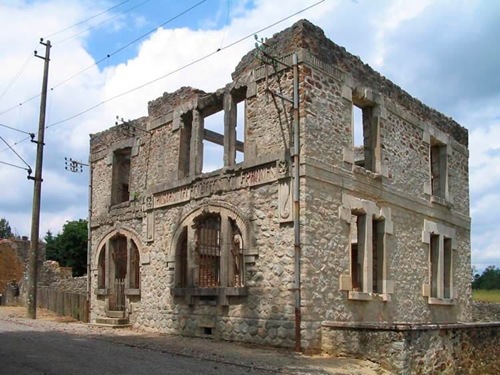
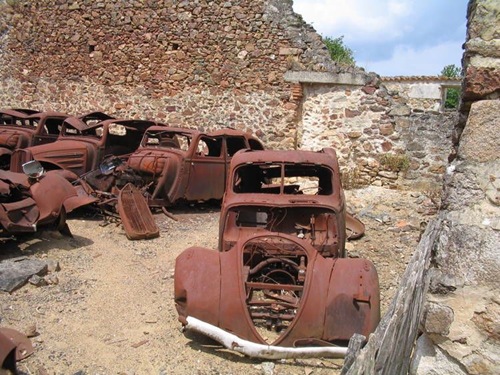


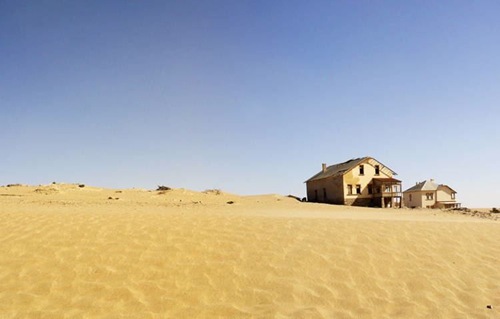
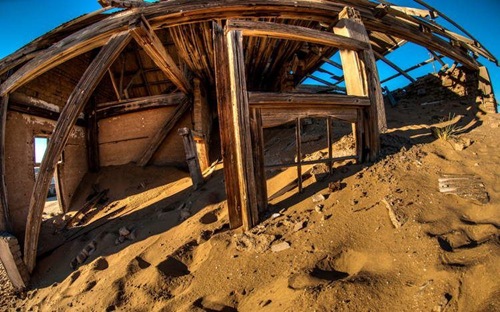
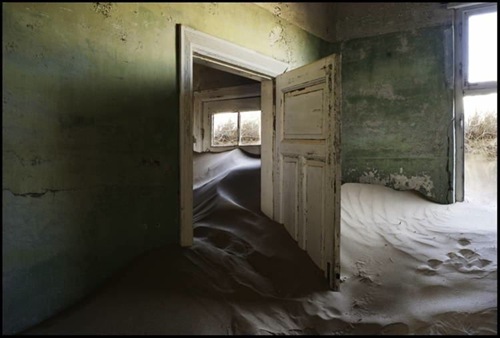
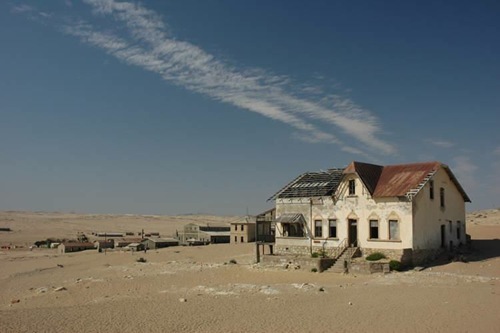
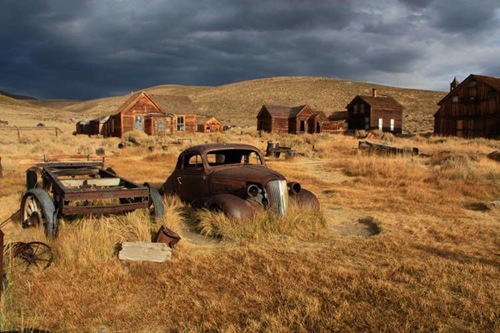
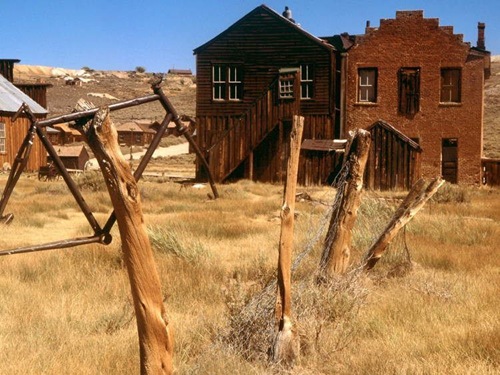
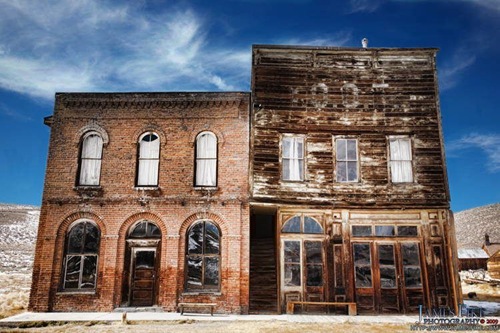
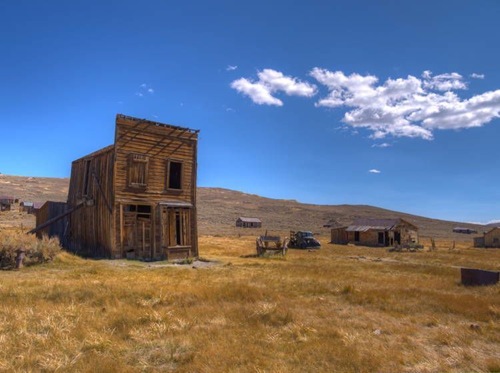
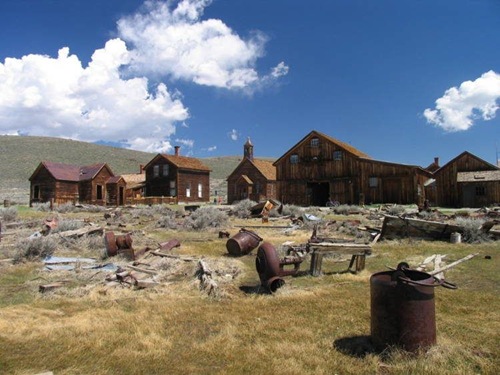
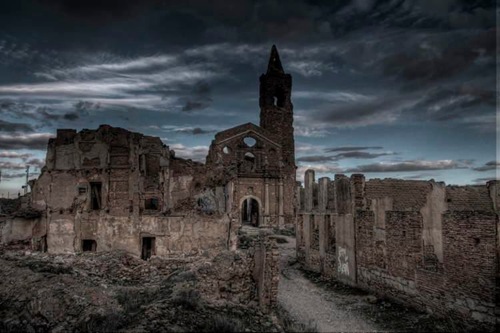
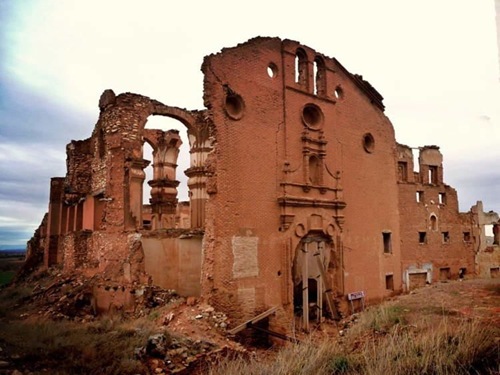
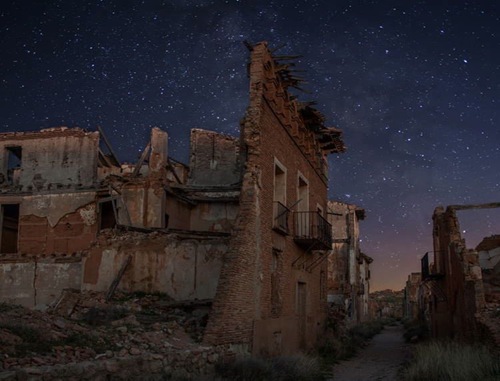

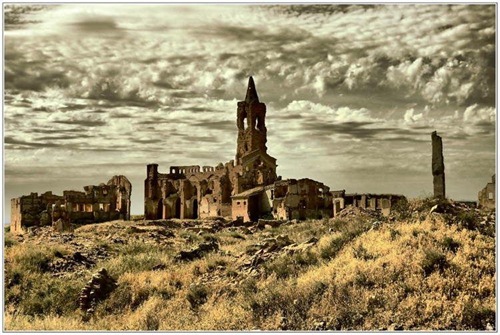
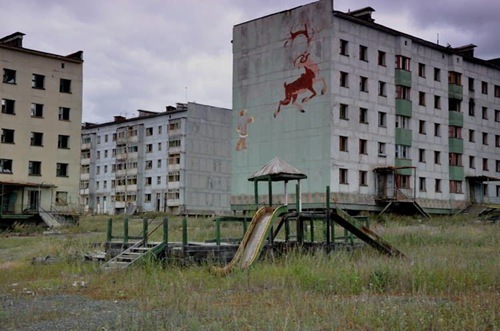
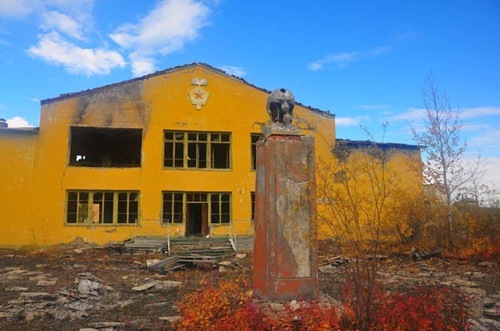
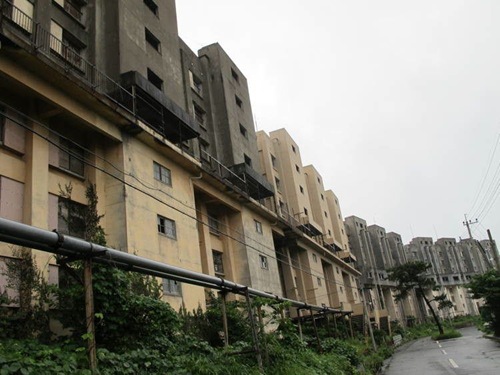
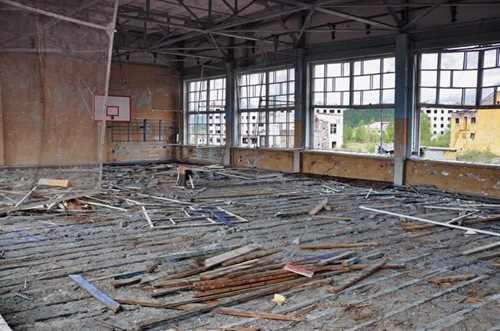
No comments:
Post a Comment
Please adhere to proper blog etiquette when posting your comments. This blog owner will exercise his absolution discretion in allowing or rejecting any comments that are deemed seditious, defamatory, libelous, racist, vulgar, insulting, and other remarks that exhibit similar characteristics. If you insist on using anonymous comments, please write your name or other IDs at the end of your message.